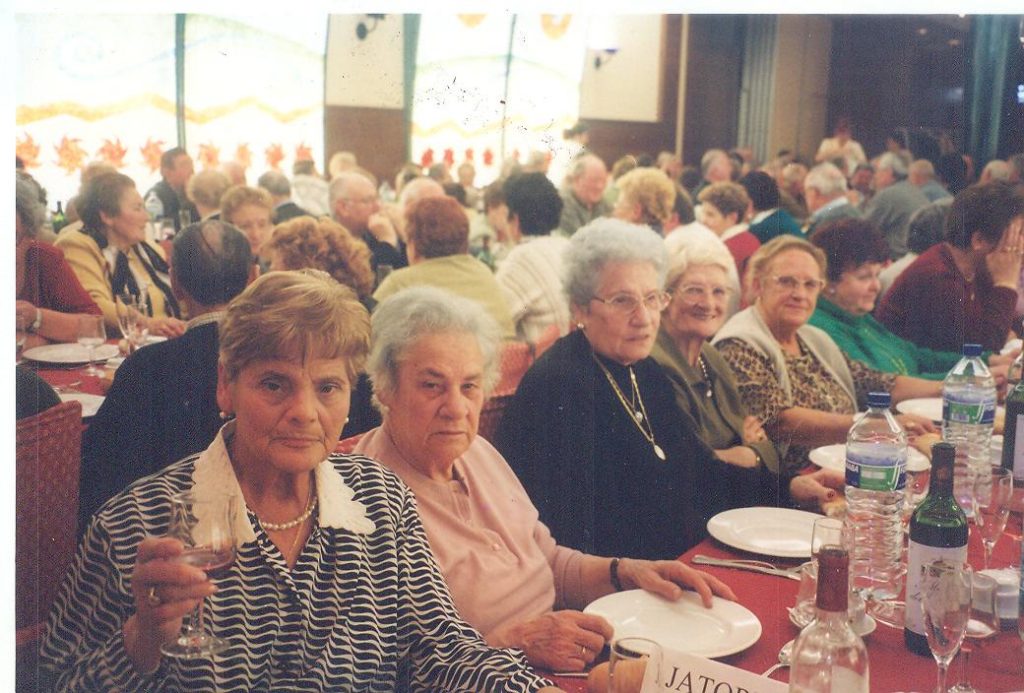150 Nutrition
Martha Lally; Suzanne Valentine-French; and Dinesh Ramoo
A healthy diet is necessary for older adults to increase mental acuteness, resist illness and disease, boost energy levels, improve immune system strength and recuperation speed, and have greater effectiveness in the management of chronic health problems (Mayer, 2016). The new MyPlate for Older Adults, a website from Tufts University, suggests that older adults should strive for a diet consisting of: 50 percent fruits and vegetables; 25 percent grains, many of which should be whole grains; and 25 percent protein-rich foods, such as nuts, beans, fish, lean meat, poultry, and fat-free and low-fat Unfortunately, changes in sensory functions, such as smell and taste, along with loss of teeth, can derail an older adult’s ability to eat right. Older adults are likely to use salt and sugar to flavour foods that no longer taste the way they once did. Several government websites provide older adults with alternatives to the salt shaker to make foods more palatable.

Media Attributions
- Figure 9 18 © Joxemai is licensed under a CC BY-SA (Attribution ShareAlike) license

